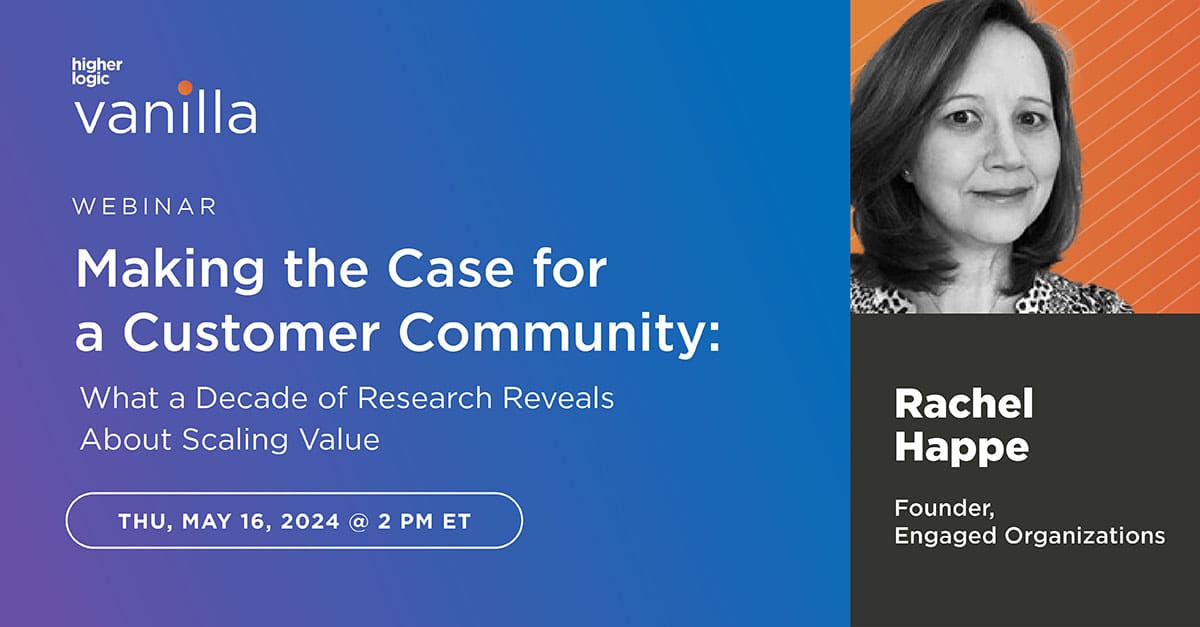
How Fintech Startups are Building Trust through Customer Experience

The financial industry is undergoing a major shift today in terms of how it’s perceived by their customers. Trust in legacy institutions is slowly eroding, as anyone who’s been following Wells Fargo probably knows. Their recent phony account scandal could cost the bank up to $8 billion in deposits by the time it’s all said and done.
The big difference between today and twenty years ago is that consumers now have an enormous amount of financial service or fintech options to choose from to cover each and every area of their financial needs. There are apps for savings, investing, insurance, and e-payments. Consumers can simply take their money elsewhere in a matter of days, minutes, or even seconds.
The lesson for big banks is that fintech startups are building the trust and loyalty not just through product and service delivery, but mainly through customer experience. And to their credit, some big banks are taking notice and adopting the same approach.
Here are three ways that fintech is gaining consumer confidence through user experience, and what anyone seeking to strengthen their customer community can learn from it.
Enhancing Credibility
The biggest challenge fintech startups face is getting people to trust them as much as more well-established players. While millennials might be more than willing to try out the latest app, older generations like the Baby Boomers might be more hesitant. Sure, their current big bank might not provide great service all the time, or not have a great online banking interface, but they’ve been with them forever. They’d rather stick with “the devil they know.”
But this is slowly changing, as fintech players have realized the secret to enhancing credibility through user experience: Do one thing and offer the best in user experience at it. They understand that splitting up banking services into sub services, and picking one to be the absolute best at, is the key to building enough credibility to get consumers to take notice.
Take Venmo, for example, which is a simple and fun app to do one thing, which is to pay friends that you owe money to. Their customer experience is social, where you add friends, see what everyone else is paying each other for, and engage their friends about the latest movie they saw or restaurant they ate at. Sure, many big banks offer ways to pay a friend you owe money to. But Venmo has built the highest credibility in this space because their user experience is far superior to anything else out there, for just this one function. Just ask its 25 million (and growing) user base.
Attracting New Users
User experience isn’t just a tool to build up the credibility of a brand. The ultimate goals is to get people to download the app, use it, and bring other new users into the community. For large financial institutions, attracting new “users” has consisted of traditional marketing like TV commercials, radio ads, and bonuses to open an account.
However, fintech startups are taking a completely different approach, and having a lot of success, by attracting new customers with a superior user experience. Around 50 percent of consumers are more likely to refer a fintech product to their friends and family than a big bank, so if they user experience is outstanding, fintech customers will spread the word.
Take the stock investing app Robin Hood, for example, which had almost a million people sign up for the service before it even launched. But what was the key to getting people so excited about the app? While it’s true that Robin Hood offers lower fees and minimum deposits than traditional online trading services, they used a highly differentiated user experience that drew people in.
As opposed to online trading service like E-Trade, where consumers need to use a laptop or PC and go through multiple steps to trade, doing the same activity in Robin Hood is as easy as liking a Facebook post. User experience also helps to attract new customers if you make the signup process easier than the competition.
With Robin Hood, for instance, the entire process can be completed in minutes on a mobile device, taking only 2-3 days for the verification process. That’s a lot less hassle than opening a traditional stock brokerage account and part of the reason why big brokerages are scrambling to improve their user experience to stay competitive.
Increasing Customer Retention
Creating an outstanding user experience doesn’t just attract new customers, but improves retention as well. It’s all about creating a “sticky” experience that gives people more than one reason to keep checking back in, use new features, and in some cases to share and be social with their network.
Intelligent customer experience will not only help retain customers but increase revenue over the course of a customer lifetime, by suggesting additional services that they’re likely to need based on past behaviors. According to PwC, for example, 74% of fund transfer and payment institutions say additional revenue coming from customer retention is one of the major opportunities emerging from fintech customer experience innovation.
PayPal is one great example of this thought process. Although they’ve been around for quite some time, PayPal has more recently adopted a fintech startup mindset to keep their customer experience up to date. PayPal generates revenue through e-wallet and payment transaction fees, for both individuals and businesses in multiple currencies. The more transactions that occur, the more money they make.
PayPal has therefore invested substantial resources in customer experience and user design, hiring top talent to do advanced prototyping of new interfaces. The result is that PayPal has retained many of their users over the years, and has been named one of the top brands in terms of customer loyalty of global brands in any industry.
As Wells Fargo found out, it doesn’t take much for a big chunk of your customer base to disappear rather quickly. Fintech startups realize this, and have been very successful in building credibility, attracting customers, and retaining them all through a focus on customer experience and design. In the end, it’s all about providing customers with the services they need, while minimizing friction and creating interesting new features that keep them coming back for more and sharing with their network.
Building trust through customer experience isn’t just one way to go, it’s becoming the main path forward for both fintech startups and legacy institutions.


